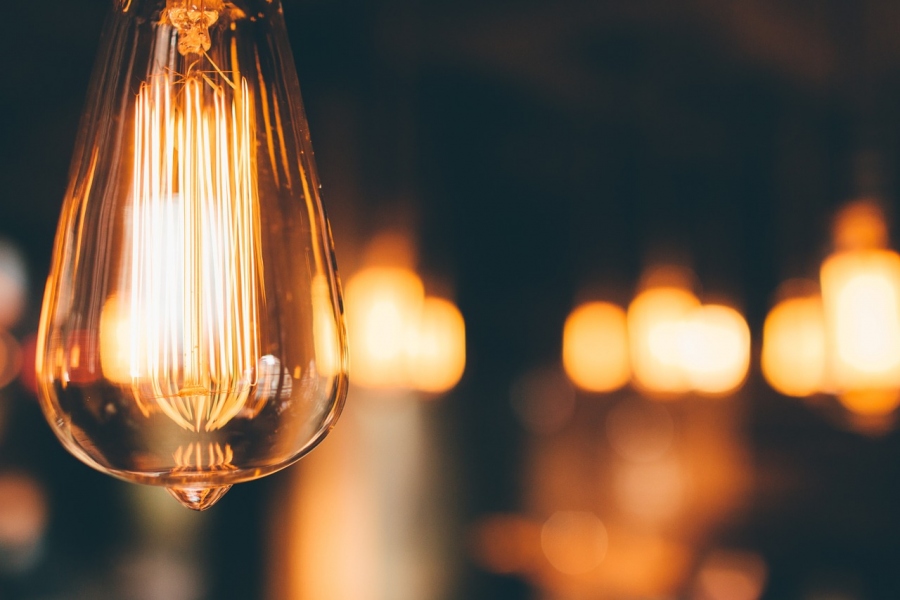Back in the 1980s movement was made towards deregulating the energy markets. Prior to this, the U.S. government was in charge of pricing and consumption. The entire idea behind deregulation was to make the cost of both gas and electricity cheaper. The markets would open up, new providers (still regulated by the states that they operated in) would appear, and consumers would have a choice over which provider they used. In theory, the rates would go down.
Although this plan didn’t work out completely as envisioned since many states still haven’t deregulated their markets, some did. It took almost 20 years for the first deregulated state market to appear. However, one part of the plan worked – consumers began to pay less for their energy usage in some states. The five listed here have some of the cheapest electrical utility rates in the nation.
1) Pennsylvania
In Pennsylvania, electric utility rates have remained consistently below the country’s average prices. This is in part due to deregulation – Pennsylvania opened up their markets in 1996 – as well as the plethora of ways that the state produces power. They use a mix of nuclear, coal, and natural gas, as well as wind and solar generators. The western side of the state has been a hotbed of natural gas procurement, which no doubt helps keep their prices low. Don’t be surprised if these rates at their current lows for many years to come.
2) Ohio
The current going rate for electricity in Ohio is almost half that of some other deregulated states. Consumers are paying somewhere between 5.0 and 7.0 cents per kilowatt-hour. This rate is down almost 50% from what it was two years ago. Ohio was one of the first states to jump on board the deregulation train – it opened up the market back in 1996 – and consumers are enjoying comfortably low rates. This is despite the fact that most of the state’s power plants operate on either coal or natural gas. There are a few nuclear power plants to round out the mix, as well as a few environmentally friendly options as well. The mix of power sources, as well as the state’s energy needs, worked out exactly as planned.
3) Texas
Texas currently allows only around 85% of their household consumers to choose their electric providers. They aren’t deregulated for gas either, just electricity. Despite these facts, as well as their lateness in opening up their markets – 2002 – the state is known for its low electric rates. They are below the nation’s average, yet still slightly higher than Ohio’s and Pennsylvania’s. With that said, Texas has their system set up so that the rates fluctuate. They aren’t fixed in place for a certain period of time. This means that consumers might pay less the less they use, but when their consumption goes up, so does the price. These current lows aren’t as sustainable as residents might hope.
4) Oregon
Oregon deregulated their electric market (but not their gas one) in 1998. This opened up the doors to many different providers, creating the open market and low pricing that many people hoped for. With that said, although their prices are lower than average now, they have gone up slightly over time. This fact shows that their markets are somewhat unstable and prone to change. As long as the state continues to rely on hydroelectric power, a very renewable resource, their rates may remain on the lower side, even if they change on occasion.
5) Illinois
The electric utility rates in Illinois are also currently below the national average. They have been for many years, as the state took advantage of deregulation back in 1997. Due to the fact that Illinois uses a variety of methods for generating electricity – coal, nuclear, natural gas, and renewable resources – their rates have remained consistently low. They are on par with those in Ohio and Pennsylvania. Residents there also use quite a bit of power, as they have some of the highest consumption rates in the country. This might be part of why the rates are so low. However, the open markets have definitely helped here as well. If you live in Illinois, then you can rest assured that you’re paying less for electricity than most of the country.
About the Author –
Arthur Handelman, the author of this guest article, writes occasionally in support of Utility Discount.

